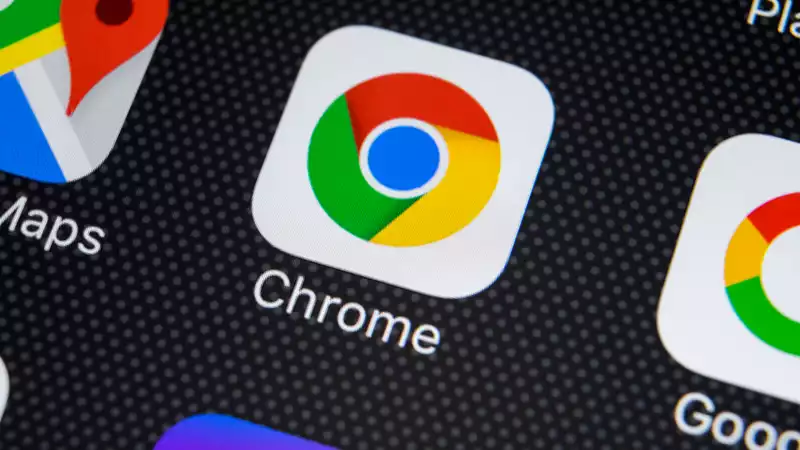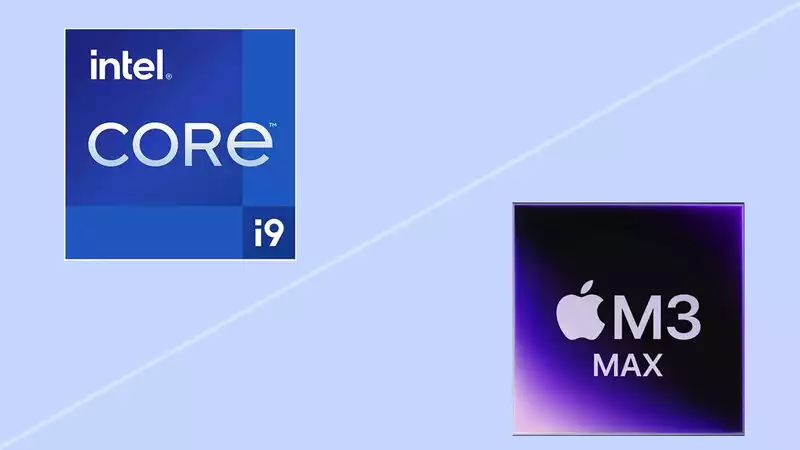A new feature in Google Chrome seeks to solve the browser's unfortunate tendency to hog device memory and drain the battery.
XDA Developers found the first way to do so on Chrome's developer bug reporting site. Introduced earlier this month, the feature revolves around the introduction of a "battery saver" tag.
Enabling this tag on a particular web page allows developers to enable more specific battery-saving measures, such as reducing the page frame rate, changing the page design, or slowing down the speed of scripts running on the page. [Chris Harrelson, the author of this page, writes
"Websites known to have high CPU and battery costs may be tempted to request CPU and battery optimization from UA, even if the user has not requested it.
"Most modern operating systems also have the ability to save battery power when the battery is running low or the user wants to conserve battery power. Ideally, a website should be able to honor these settings. The site may wish to advise the UA as to which strategies work best for the site in these situations."
The second power-saving measure mentioned by XDA Developers (originally reported by Chrome Story) is the new "LITTLE-core only" flag for Chrome for Android. This will allow apps to run on the CPU's "LITTLE" core only, allowing devices with ARM-designed chipsets, such as Snapdragon SoCs, to run Chrome with higher power efficiency.
However, these features are still under testing. Therefore, Android users will have to wait patiently until they regain some of the memory and power consumption that Chrome apps are notorious for consuming.
Other Chrome upgrades are also in the works, and the Android version of Chrome 86 will add the Back Forward Cache feature. This will allow users to move forward and backward in the browser faster. In addition, Google is also testing throttling of background JavaScript timers.










Comments